Hesam Hamledari
Measuring the Impact of Blockchain and Smart Contract on Construction Supply Chain Visibility
Apr 15, 2021

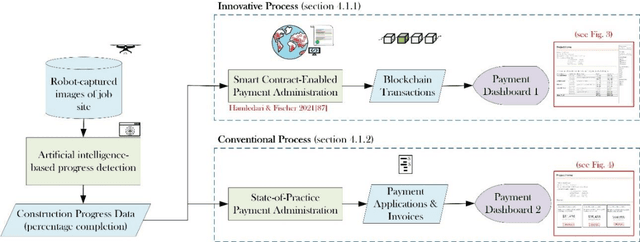
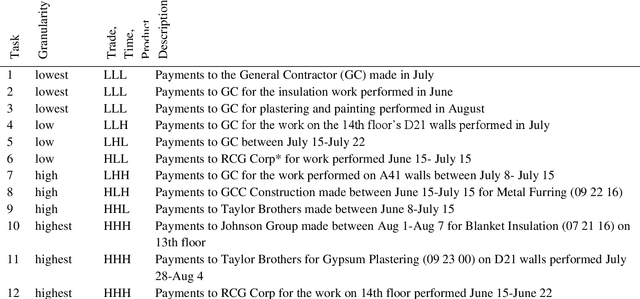
Abstract:This work assesses the impact of blockchain and smart contract on the visibility of construction supply chain and in the context of payments (intersection of cash and product flows). It uses comparative empirical experiments (Charrette Test Method) to draw comparisons between the visibility of state-of-practice and blockchain-enabled payment systems in a commercial construction project. Comparisons were drawn across four levels of granularity. The findings are twofold: 1) blockchain improved information completeness and information accuracy respectively by an average 216% and 261% compared with the digital state-of-practice solution. The improvements were significantly more pronounced for inquiries that had higher product, trade, and temporal granularity; 2) blockchain-enabled solution was robust in the face of increased granularity, while the conventional solution experienced 50% and 66.7% decline respectively in completeness and accuracy of information. The paper concludes with a discussion of mechanisms contributing to visibility and technology adoption based on business objectives.
The Application of Blockchain-Based Crypto Assets for Integrating the Physical and Financial Supply Chains in the Construction & Engineering Industry
Dec 03, 2020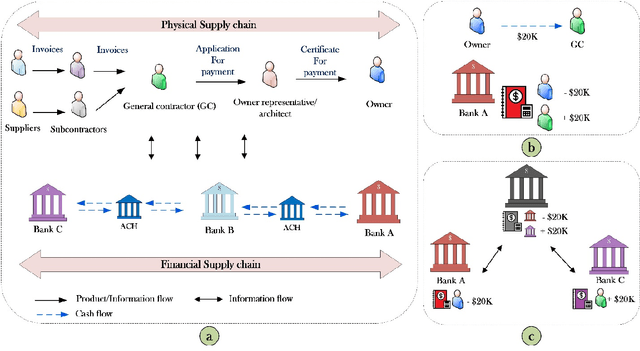
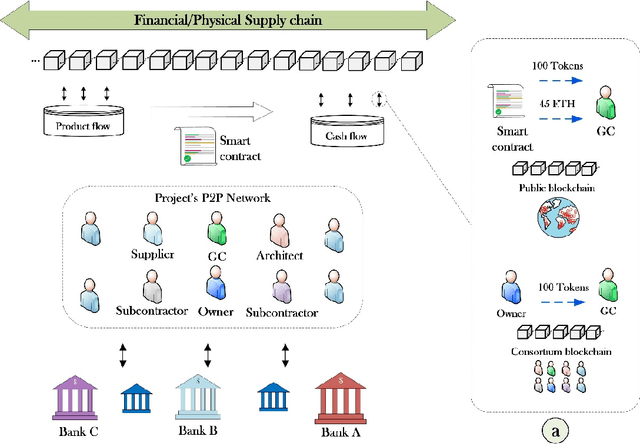

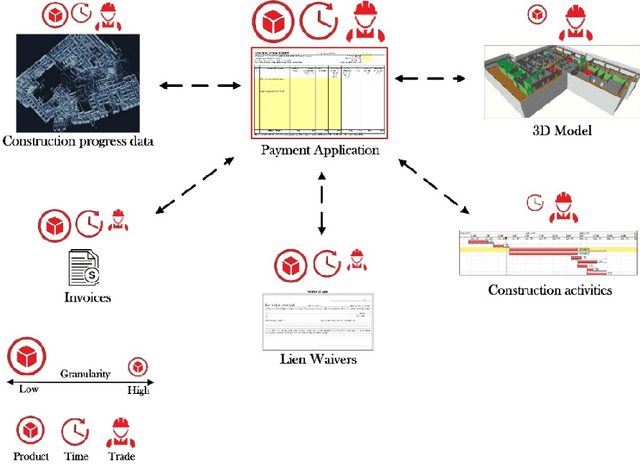
Abstract:Supply chain integration remains an elusive goal for the construction and engineering industry. The high degree of fragmentation and the reliance on third-party financial institutions has pushed the physical and financial supply chains apart. The paper demonstrates how blockchain-based crypto assets (crypto currencies and crypto tokens) can address this limitation when used for conditioning the flow of funds based on the flow of products. The paper contrasts the integration between cash and product flows in supply chains that rely on fiat currencies and crypto assets for their payment settlement. Two facets of crypto asset-enabled integration, atomicity and granularity, are further introduced. The thesis is validated in the context of construction progress payments. The as-built data captured by unmanned aerial and ground vehicles was passed to an autonomous smart contract-based method that utilizes crypto-currencies and crypto tokens for payment settlement; the resulting payment datasets, written to the Ethereum blockchain, were analyzed in terms of their integration of product and cash flow. The work is concluded with a discussion of findings and their implications for the industry.
Construction Payment Automation Using Blockchain-Enabled Smart Contracts and Reality Capture Technologies
Oct 30, 2020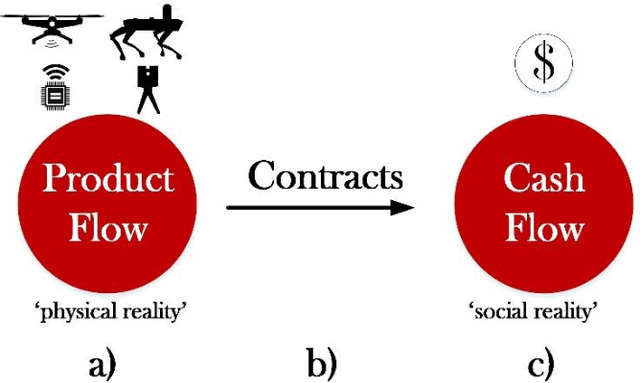

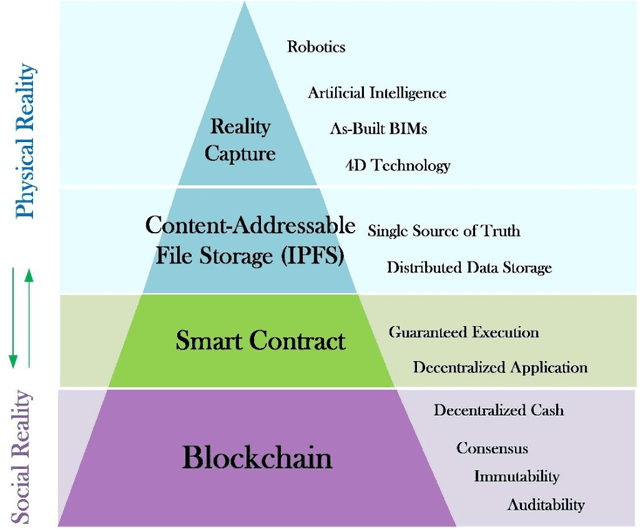
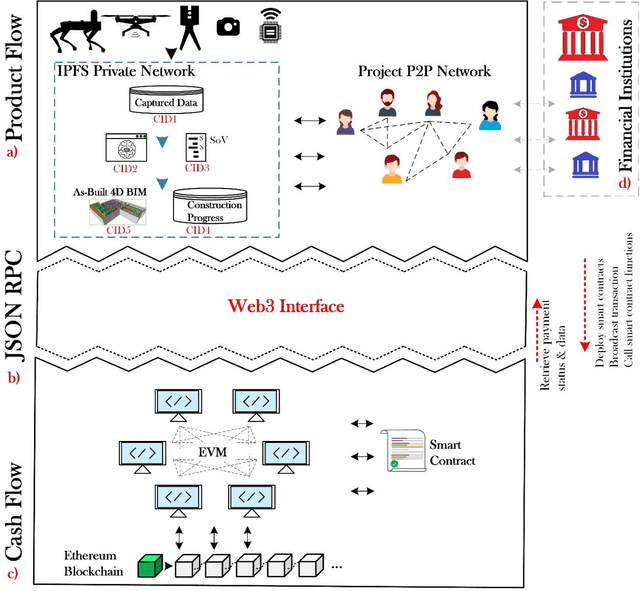
Abstract:This paper presents a smart contract-based solution for autonomous administration of construction progress payments. It bridges the gap between payments (cash flow) and the progress assessments at job sites (product flow) enabled by reality capture technologies and building information modeling (BIM). The approach eliminates the reliance on the centralized and heavily intermediated mechanisms of existing payment applications. The construction progress is stored in a distributed manner using content addressable file sharing; it is broadcasted to a smart contract which automates the on-chain payment settlements and the transfer of lien rights. The method was successfully used for processing payments to 7 subcontractors in two commercial construction projects where progress monitoring was performed using a camera-equipped unmanned aerial vehicle (UAV) and an unmanned ground vehicle (UGV) equipped with a laser scanner. The results show promise for the method's potential for increasing the frequency, granularity, and transparency of payments. The paper is concluded with a discussion of implications for project management, introducing a new model of project as a singleton state machine.
 Add to Chrome
Add to Chrome Add to Firefox
Add to Firefox Add to Edge
Add to Edge